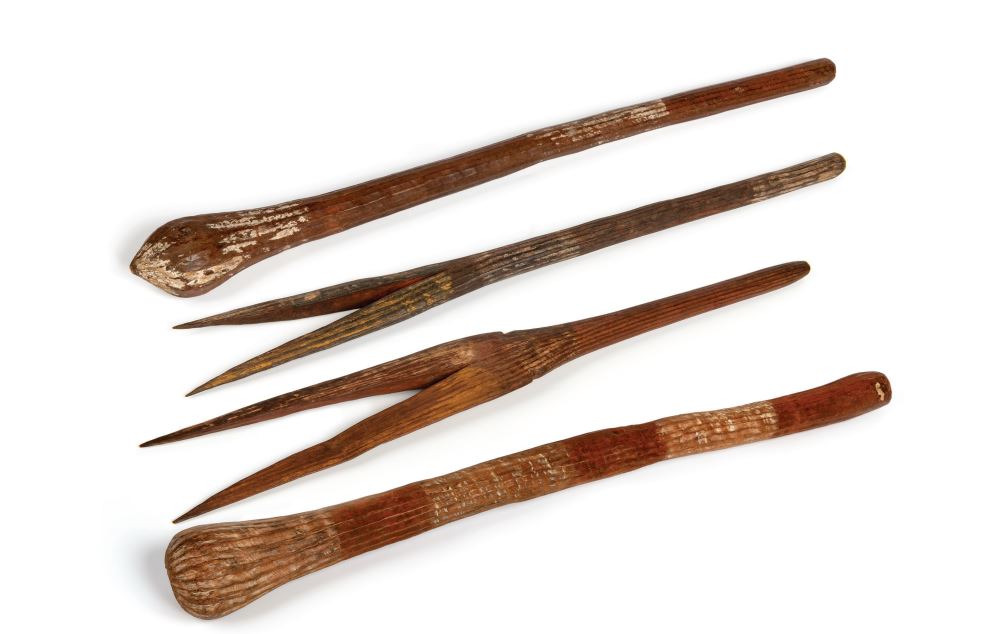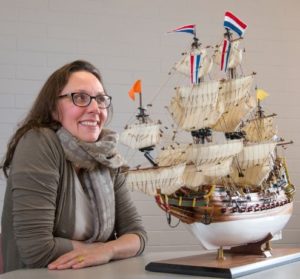
Some of the first major exchanges between European and First Nations peoples on the Tiwi Islands, Cobourg Peninsula and Croker Island give new insights into the contribution of Dutch East Indies exploration of the great 'South Land', now known as Australia.
The Van Delft expedition, which left from the Dutch East Indies capital Batavia (now Jakarta in Indonesia) in 1705, has largely been ignored but involved some of the earliest cultural exchanges with Indigenous Australians, experts reveal in a study led by Flinders University maritime archaeologists Dr Daryl Wesley and Associate Professor Wendy Van Duivenvoorde.

"The Van Delft expedition is often overlooked but emblematic of more intense encounters between Europeans and Indigenous Australians, and should be included in any study of the early history of culture contact in Australia," they conclude in the Australasian Journal of Maritime Archaeology (now available online).
"Most 18th- and 19th-century narratives of early encounters between Indigenous Australians and maritime explorers, including the Dutch, French and Southeast Asian Islanders, often exclude the Van Delft expedition entirely or only touch upon it briefly," says Associate Professor Van Duivenvoorde, pointing out the exploration was inspired by earlier voyages by Abel Tasman, William Dampier and others.

"By recognising this expedition and its significance, it is possible to better understand VOC (Dutch East India Company colonial) attitudes towards northern Australia ('Hollandia Nova') Indigenous peoples and communities - and vice versa - and how these may have influenced later English colonisation," adds Dr Wesley.
Dutch exploration of northern Australia was well advanced by the time Lieutenant Cook's HMS Endeavour expedition arrived in Kamay (Botany Bay) in 1770 - with the Tiwi Islands artefacts collected in 1705 thought to be perhaps among the oldest collected cultural material from Australia in an overseas museum.
Three ships under the command of Maarten van Delft spent several months exploring the north coast of Australia, interacting with different groups of Indigenous peoples and possibly collected the cultural material now held in the Dutch National Museum of World Cultures, the earliest known existing cultural material collected from Australia.

The significance of the Van Delft expedition has several key points, the Australian, Indonesian and Dutch researchers say in the Australian Journal of Marine Archaeology article (Vol. 43, page 27-29, 2019), which will soon be accessible via: https://search.informit.org/journal/ajma
It was important in terms of the:
- Dutch-Indonesian-Indigenous Australian culture contact.
- Detailed charting of the Northern Territory coast.
- Collection of Indigenous material culture
- About one-third of the ships' crews were Indonesian.
"The National Museum of Australia, for example, does not even list the Van Delft expedition on its 'Defining Moments in Australian History Timeline' website," the researchers note.
The VOC (in Dutch: Verenigde Oostindische Compagnie) was established in 1602 as a chartered trading company, whose goal was to trade spices like pepper and cinnamon, and later products like silk, tea and porcelain with Asia. The Dutch government gave it a 21-year monopoly on the spice trade with South-Asian countries, and the company took off from there.







